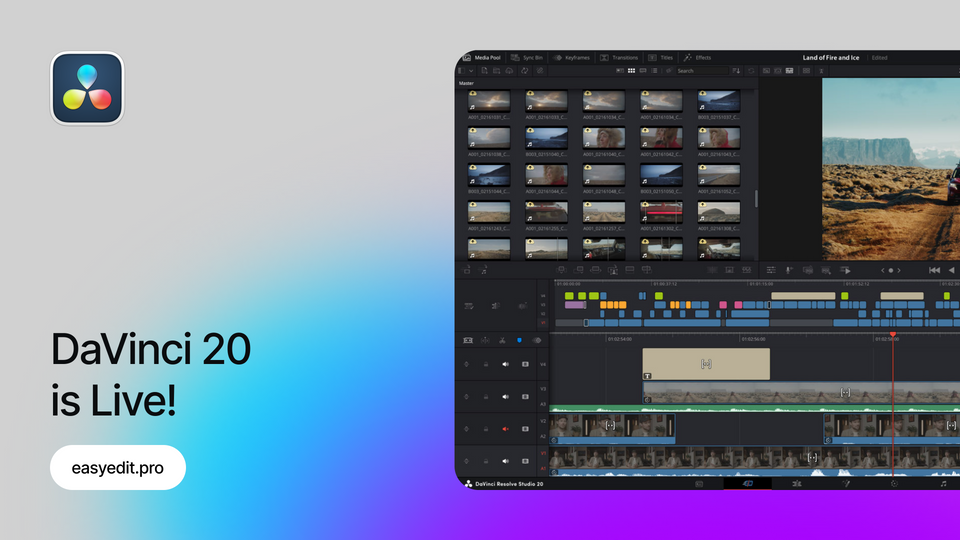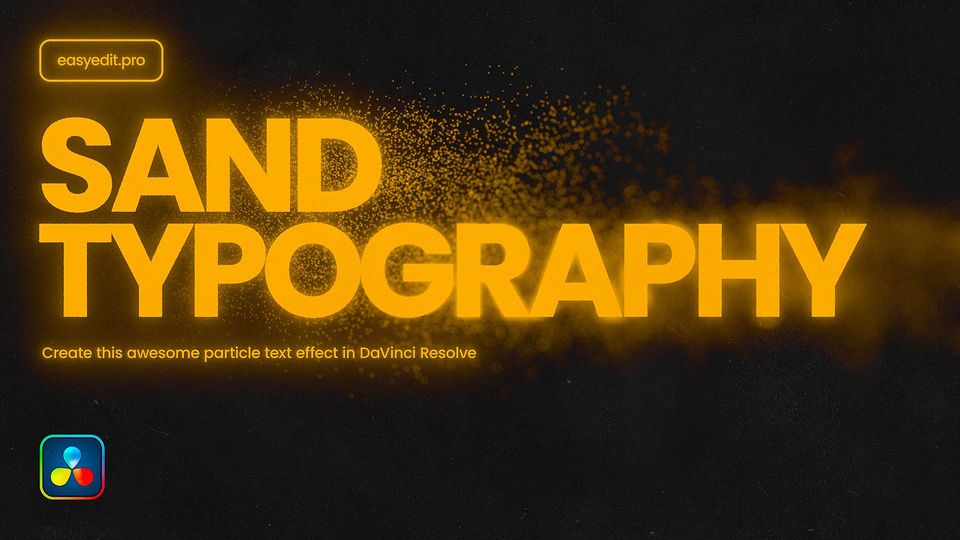
Created: 6 months ago
Locked-On Stabilization in DaVinci Resolve
In this guide, we’ll learn how to create a locked-on stabilization effect in a free version of DaVinci Resolve.
So, let’s create a Locked-On Stabilization effect in DaVinci Resolve!
How to create a Locked-On Stabilization effect in DaVinci Resolve
Before we begin, it’s best if we select the video, where the area we want to lock is centered. It will give the stabilization more space and allow the video to look more balanced.
Tracking the area
Go to the Color tab of DaVinci Resolve.
Here, click on the Tracker icon.
To switch the mode from the manual Window to Stabilizer, we need to click on the second little icon next to the Window mode.
Next, click on the three dots right next to the mode icons and select the Classic Stabilizer option. This mode will allow us to stabilize a specific area we choose.
Below you can additionally switch the Cloud Tracker to Point Tracker, but we recommend sticking to the Cloud Tracker as it will automatically help us to track the area, while Point Tracker requires manual attention.
The next step is to click on the checkbox and enable the Interactive mode in the lower left corner.
It will show all of the tracking points available.
To separate the area of our video we need to track, click on the Insert icon below the tracking window. Left-click and select the area you want the camera to be locked on.
To delete all of the extra tracking points, we need to click on the Clear All Tracking Points icon. Bring the tracking point you need back by clicking on the Insert icon again. Now the tracking points are only placed in the area we need.
With the tracking points selected, we can finally track the area through the video. Click on the Track Forward and Reverse button to apply the tracking.
After analyzing the video, DaVinci Resolve will track the area you’ve selected and you’ll see the tracking points following along. Some of the points may not stick to the area you’ve selected correctly, but it won’t affect the tracking much.
Applying stabilization
Now, to apply a stabilization, you need to click on the Stabilize button.
In order to create an effect, you need to zoom in on a video, so the higher the quality, the better the result will be. Or, you can also choose not to zoom the video in and keep the effect more subtle.
Now, we can play the video and see that the effect has been applied. Here, we can additionally control the effect’s strength by changing the Strong parameter. To apply the changes, click on the Stabilize button again.
Our effect is ready!
Finally
Creating locked-on stabilization is easy enough for beginners and doesn’t require Fusion. Hope this guide was useful and you can apply the stabilization effect in your next video!
For more guides, read our DaVinci Resolve blog - here you’ll find articles on how to Add Motion Blur, use Depth Map, Mask objects, and much more!
Unlock unlimited templates for DaVinci Resolve - join EasyEdit Stock to get the highest quality LUTs, transitions, text effects, and more, with assets updated daily!






